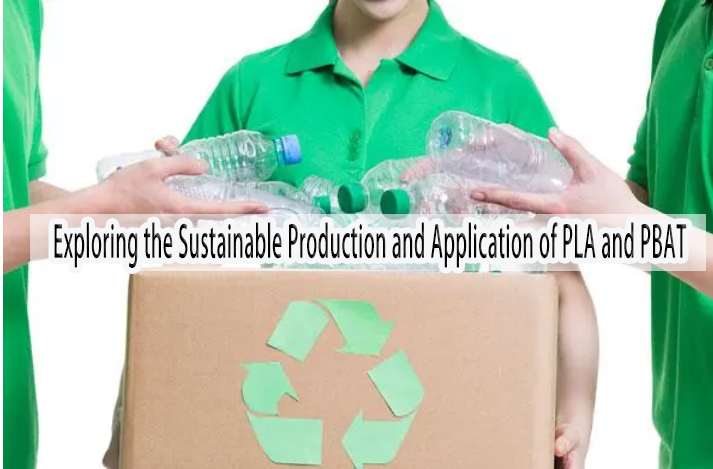
In today’s world, with the increasing awareness of environmental protection and the promotion of sustainable development concepts, biodegradable materials are receiving more and more attention. Polylactic acid (PLA) and PBAT (polybutylene adipate-co-terephthalate) are two important biodegradable materials that have broad application prospects in the fields of environmental protection and sustainable development.
Polylactic Acid (PLA)
PLA is a bio-based polymer made from renewable resources such as corn starch and sugarcane. Its products exhibit good biodegradability, biocompatibility, transparency, and physical properties.
The production process of PLA includes several steps: starch extraction, saccharification, fermentation, lactic acid preparation, polymerization reaction, and post-treatment. In food packaging, PLA can be used to manufacture cling film, packaging bags, and disposable tableware, helping to reduce plastic waste and environmental pollution.
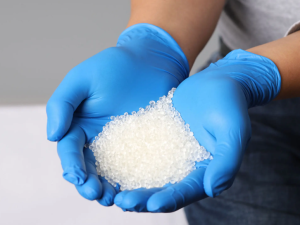
Process Flow:
- Starch Extraction: Extract starch from crops such as corn.
- Saccharification: Convert starch into glucose.
- Fermentation: Microorganisms convert glucose into lactic acid.
- Lactic Acid Preparation: Purify lactic acid.
- Polymerization Reaction: Polymerize lactic acid into PLA.
- Post-Treatment: Includes washing, drying, granulating, and other steps to improve the purity and performance of the product.
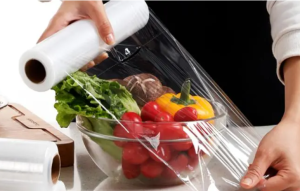
PBAT (Polybutylene Adipate-Co-Terephthalate)
PBAT is a fully biodegradable plastic with excellent biodegradability, good mechanical properties, and high ductility. The production of PBAT is primarily based on raw materials such as adipic acid (AA), terephthalic acid (PTA), butanediol (BDO), and polylactic acid, synthesized through esterification and polycondensation.
The production process of PBAT is mainly divided into two methods:
- One-Step Method: The traditional five-pot one-step method, which is relatively simple and requires lower equipment investment. This method directly polycondenses into high molecular weight PBAT.
- Two-Step Method: The reaction process is the same as the one-step method, but differs in the duration of polycondensation and whether a chain extender is used to increase molecular weight. The two-step method first polycondenses into low molecular weight PBAT resin, then adds a chain extender to ultimately produce high molecular weight PBAT, resulting in shorter polycondensation time and higher production capacity compared to the one-step method.
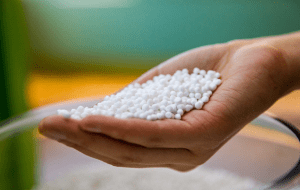
Operational Characteristics of PBAT Include:
- The esterification reaction is conducted under vacuum conditions to reduce side reactions and lower raw material consumption.
- Esterification wastewater is treated by a THF recovery device to recover THF and control its concentration in the wastewater.
- PBAT has broad application prospects, which can reduce petroleum resource consumption and alleviate “white pollution,” making it significant for sustainable development. The global demand for PBAT is strong, with products primarily for export, high industry concentration, a large potential market, and good industrialization prospects.
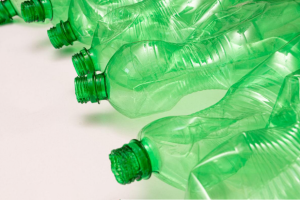
The production technologies of these biodegradable materials are continuously evolving and optimizing to reduce costs and improve performance to meet the growing environmental protection needs. As global awareness of sustainability and environmental protection increases, the market application prospects for PLA and PBAT are broad. These materials not only reduce dependence on traditional petroleum-based plastics but also lower environmental pollution and promote ecological balance, making them key materials for achieving green production and consumption.
